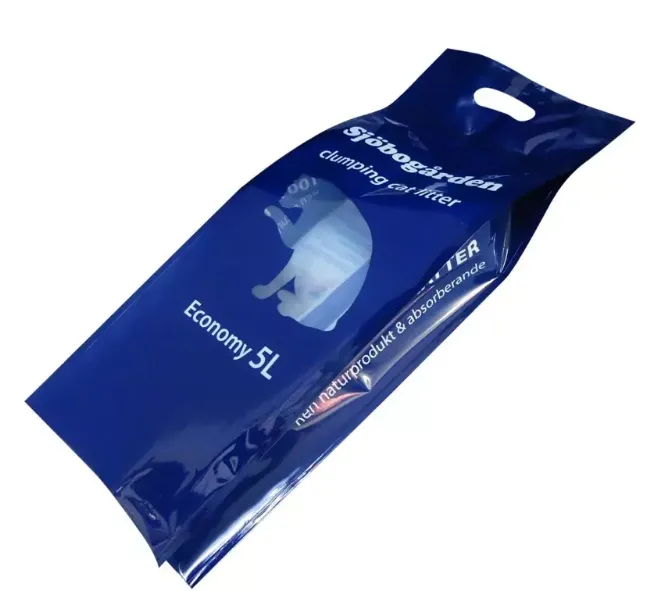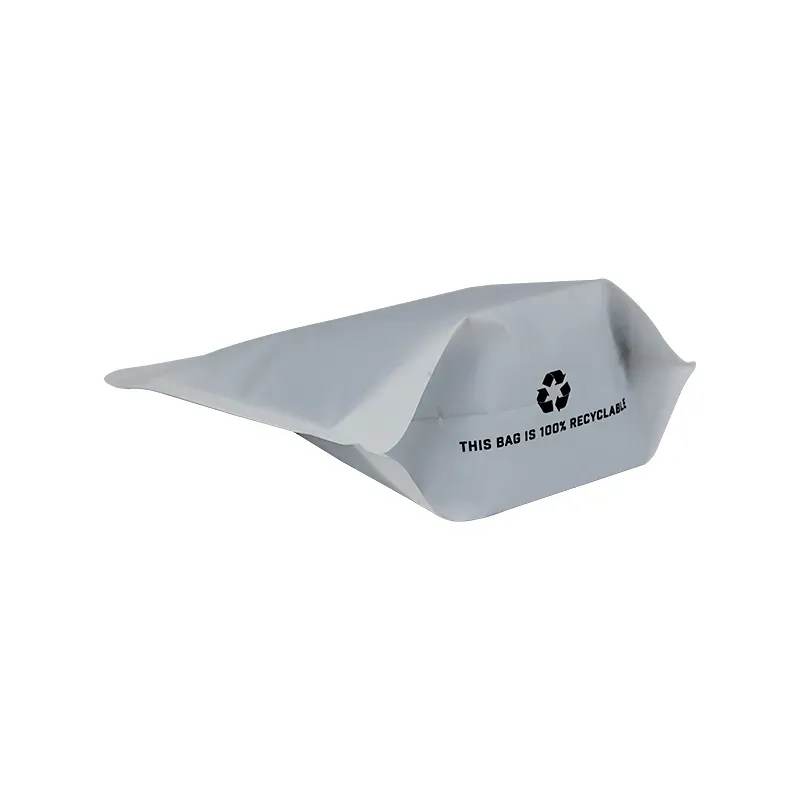- Afrikaans
- Albanian
- Amharic
- Arabic
- Armenian
- Azerbaijani
- Basque
- Belarusian
- Bengali
- Bosnian
- Bulgarian
- Catalan
- Cebuano
- chinese_simplified
- chinese_traditional
- Corsican
- Croatian
- Czech
- Danish
- Dutch
- English
- Esperanto
- Estonian
- Finnish
- French
- Frisian
- Galician
- Georgian
- German
- Greek
- Gujarati
- haitian_creole
- hausa
- hawaiian
- Hebrew
- Hindi
- Miao
- Hungarian
- Icelandic
- igbo
- Indonesian
- irish
- Italian
- Japanese
- Javanese
- Kannada
- kazakh
- Khmer
- Rwandese
- Korean
- Kurdish
- Kyrgyz
- Lao
- Latin
- Latvian
- Lithuanian
- Luxembourgish
- Macedonian
- Malgashi
- Malay
- Malayalam
- Maltese
- Maori
- Marathi
- Mongolian
- Myanmar
- Nepali
- Norwegian
- Norwegian
- Occitan
- Pashto
- Persian
- Polish
- Portuguese
- Punjabi
- Romanian
- Russian
- Samoan
- scottish-gaelic
- Serbian
- Sesotho
- Shona
- Sindhi
- Sinhala
- Slovak
- Slovenian
- Somali
- Spanish
- Sundanese
- Swahili
- Swedish
- Tagalog
- Tajik
- Tamil
- Tatar
- Telugu
- Thai
- Turkish
- Turkmen
- Ukrainian
- Urdu
- Uighur
- Uzbek
- Vietnamese
- Welsh
- Bantu
- Yiddish
- Yoruba
- Zulu
White Paper Carrier Bags Premium Eco-Friendly Custom Sizes
- Current Market Position and Growth Data
- Material Science: Oyster White vs Standard White
- Structural Innovation in Paper Bag Technology
- Leading Manufacturer Comparison Table
- Customization Options Analysis
- Retail Case Studies and Performance Metrics
- Sustainable Future for White Carrier Solutions

(white paper carrier bags)
Understanding the Dominance of White Paper Carrier Bags
Paper carrier options now represent 42% of global retail packaging, with white variants experiencing 17.3% annual growth according to Sustainable Packaging Coalition data. Unlike dyed alternatives, these solutions maintain brightness without chemical additives. The optical properties create premium shelf impact while ensuring recyclability reaches 98% in municipal systems, significantly outperforming plastic alternatives at 23% recycling rates.
Material Excellence: Beyond Surface Color
Fundamental distinctions exist between oyster white and bright white substrates. Oyster white maintains natural cellulose fibers with minimal processing, achieving 92% light reflectivity. Standard bright white undergoes optical brightening agents (OBAs) reaching 97% reflectivity but requires controlled disposal protocols. White board white, developed for premium retail, combines matte surface stability with internal rigidity through triple-ply construction. Virgin pulp content remains critical – solutions below 80% purity compromise structural integrity despite cost savings.
Engineering for Performance
Modern white bags incorporate reinforcement technologies unseen in previous generations. CornerLock™ gussets distribute weight across geometric planes, enabling 15kg capacity within 60gsm material (previously requiring 90gsm). HydroShield™ coatings provide 26-minute water resistance without PFAS chemicals, certified by GreenScreen. Crease retention technology prevents unsightly buckling after 60+ flex cycles, maintaining premium appearance throughout product lifecycle.
| Manufacturer | Material Innovation | Max Load Capacity | ECO Certifications | Print Technology |
|---|---|---|---|---|
| EcoCarry Solutions | OBP Recycled Content | 12kg (standard size) | FSC Mix, OK Compost | Water-based HD flexo |
| PaperPack International | Algae-based Coating | 18kg (reinforced) | Cradle to Cradle Gold | UV digital litho |
| WhiteBoard Packaging | Triple-ply Construction | 22kg (XL formats) | ISO 14001, EU Ecolabel | Hybrid pigment systems |
Customization Pathways
Printing technology determines brand impact longevity. Water-based inks penetrate fibers achieving 80% opacity with zero VOC emissions, while UV-cured options deliver 98% Pantone matching at higher environmental cost. Handle configurations present critical decisions: twisted paper handles reduce production waste 40% but support 3.5kg max; ribbon-reinforced variants accommodate 9+ kg with premium tactile feedback. Embossing/debossing depth standardization at 0.8mm preserves structural integrity.
Retail Implementation Metrics
Fashion retailer L'Amour implemented white board white carriers with reinforced handles across 127 boutiques, reducing bag failure rates from 5.2% to 0.3% annually while increasing customer reuse by 67%. Luxury department store Harrods transitioned to oyster white bags with algae-coated exteriors, saving £128,000/year in waste processing fees and achieving 31% brand recall lift through signature matte texture.
Advancing Sustainable Retail with White Paper Carrier Bags
Projections indicate white carriers will capture 57% market share by 2028 as legislation targets single-use plastics across 48 countries. Material science breakthroughs enable product protection previously exclusive to polymer solutions – temperature-resistant coatings now withstand -15°C to 65°C ranges. The transition toward white paper carrier bags
represents both ecological responsibility and commercial advantage, with lifetime cost analysis showing 23% savings over plastic alternatives when accounting for disposal fees and brand equity enhancement.

(white paper carrier bags)
FAQS on white paper carrier bags
Q: What are white paper carrier bags typically used for?
A: White paper carrier bags offer an affordable, eco-friendly packaging solution for retail stores and boutique gifts. Their blank surface allows custom branding through printing or stamping logos. They're biodegradable and support sustainability efforts.
Q: How does oyster white differ from standard white in paper bags?
A: Oyster white features subtle warm undertones resembling pearl or ivory, while standard white is a brighter, cooler pure white. This impacts aesthetics; oyster white conveys luxury and warmth, whereas bright white gives modern crispness. Color choice depends on brand identity.
Q: Is "white board white" relevant for paper carrier bags?
A: White board white refers to the opaque finish of marker-friendly surfaces. While not a bag material itself, this bright-white reference helps specify desired paper characteristics like print contrast and ink resistance. Printers use it to match color consistency for custom bags.
Q: Why choose white paper over plastic for carrier bags?
A: White paper bags are recyclable, compostable, and more durable than thin plastic alternatives. They resist tearing better and withstand heavier loads. Their professional appearance also elevates brand perception versus standard plastic carriers.
Q: How does paper weight affect white carrier bag quality?
A: Heavier GSM (grams per square meter) paper (e.g., 120+ GSM) provides sturdier structure and tear resistance. Standard white bags start around 80 GSM for lightweight items. For luxury applications, 150+ GSM oyster white paper adds rigidity and premium texture.













